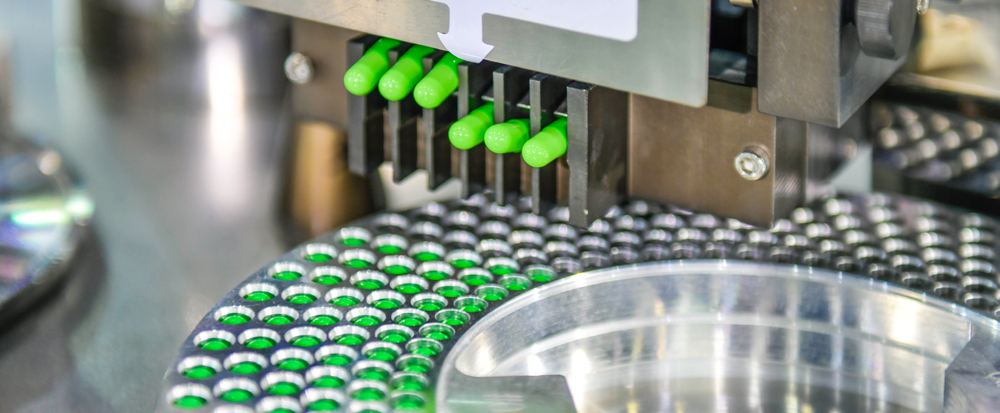A breakthrough in real-time dissolution prediction for multiparticulate drug delivery
Many patients with serious but treatable medical conditions are required to take medications on a frequent basis throughout the day. The requirement to take these medications at intervals sometimes as short as every four hours, as well as many patients being on multiple simultaneous medications with different dosing frequencies, can seriously impact the quality of life and independence. The complexity of dosing schedules can also lead to reduced compliance, errors, and associated risks.

Multiparticulate formulation for convenience and compliance
Happily, a growing number of oral solid dose (OSD) medicinal products are employing formulations that enable modified or extended-release of the active ingredients. These kinds of formulations can help people who require regular treatments, by reducing the number of daily doses needed, helping to restore the quality of life and independence for the patient, as well as enhancing compliance levels with lessened chances of forgetting a dose.
Multiparticulate dosage forms bring opportunities to control drug release characteristics and target specific release sites within the GI tract. This can potentially cut down the frequency of medicine intake. While making it convenient by reducing the intake frequency, it also increases the patient compliance level with a lesser chance of forgetting a dose.
Achieving variable dissolution rate
To achieve these feats, multi-step Fluid Bed (Wurster) Coating processes are routinely used to produce pellets or beads with the correct release profile, achieved by applying several layers of coatings, one upon another. Each coating can be used to deliver distinct functionality, by either releasing drug product, controlling the rate at which drug product diffuses from inner layers, or delaying the release of the next layer entirely for either a fixed time or until an area of the GI tract is reached, as determined by ambient pH.
There are many PAT instruments on the market used to measure several physical and chemical Quality Attributes of medicinal products. However, because of the long duration of its analytical tests, dissolution performance cannot be directly measured in-line.
This is a significant problem as it is essential to achieve accurate and rapid quantification of dissolution performance for production quality control and efficient process development.
Investigating dissolution prediction with PAT
To investigate a means of establishing an in-line estimation of dissolution performance, Innopharma Technology, in association with Colorcon and Glatt, conducted a study. This study demonstrated a strong correlation between functional coating thickness and dissolution profile. It demonstrated the possibility of predicting dissolution drug release profiles on multiparticulates in a Wurster coating process in real-time, by measuring coating thickness derived from the growth across the material's particle size distribution.
The primary aim of the study was to investigate dissolution prediction using the Eyecon₂™ particle analyser. However, this study also demonstrated many other PAT benefits - such as greater process understanding and insight, fast and efficient process profiling, and the potential for use during process development and optimisation. This study concluded there was a strong correlation between functional coating thickness and dissolution profile, allowing real-time dissolution prediction. Download our study on Automated Control Strategy for Wurster Coating to Reduce Dissolution Variability due to Raw Material Variations here.
Our Impact

INSIGHT
How big data can boost manufacturing efficiency…
Over the last decade, manufacturers have been able to reduce waste and enhance product yield from their manufacturing process...





